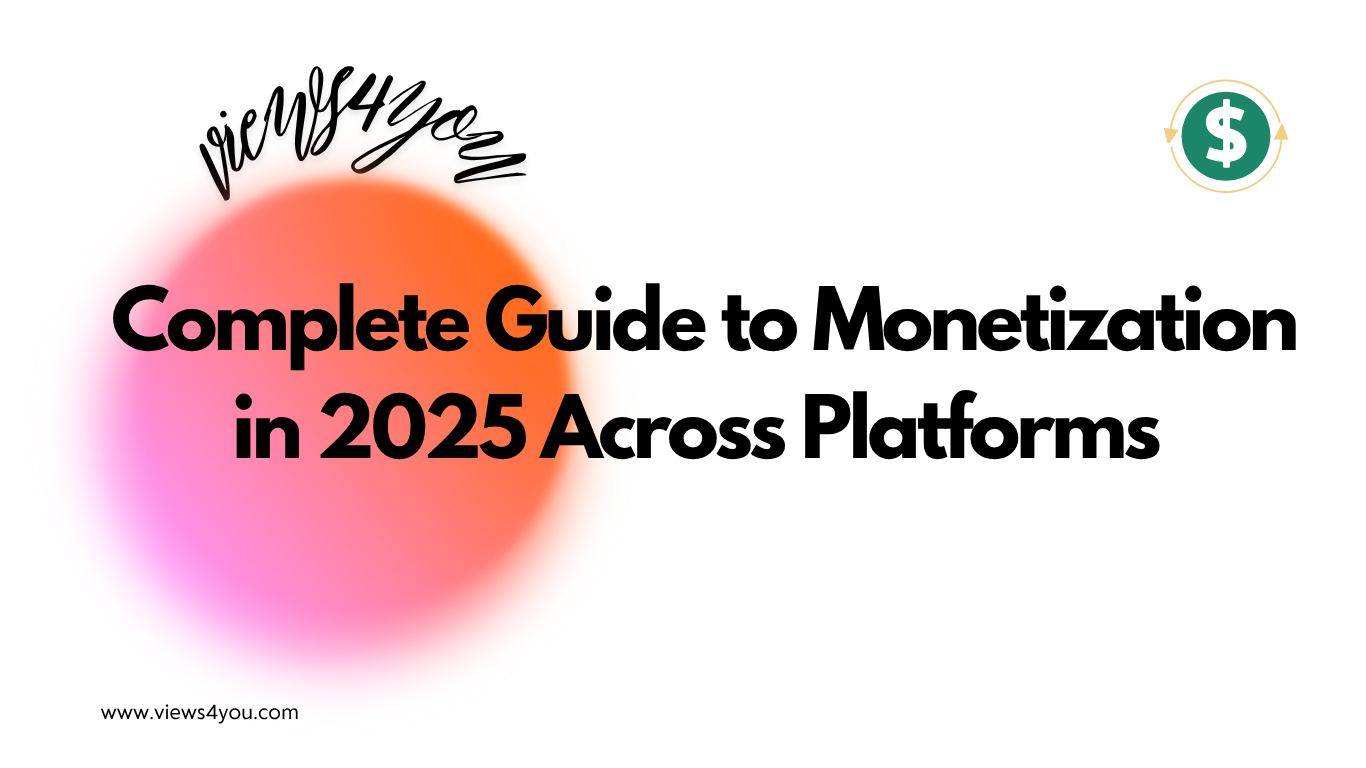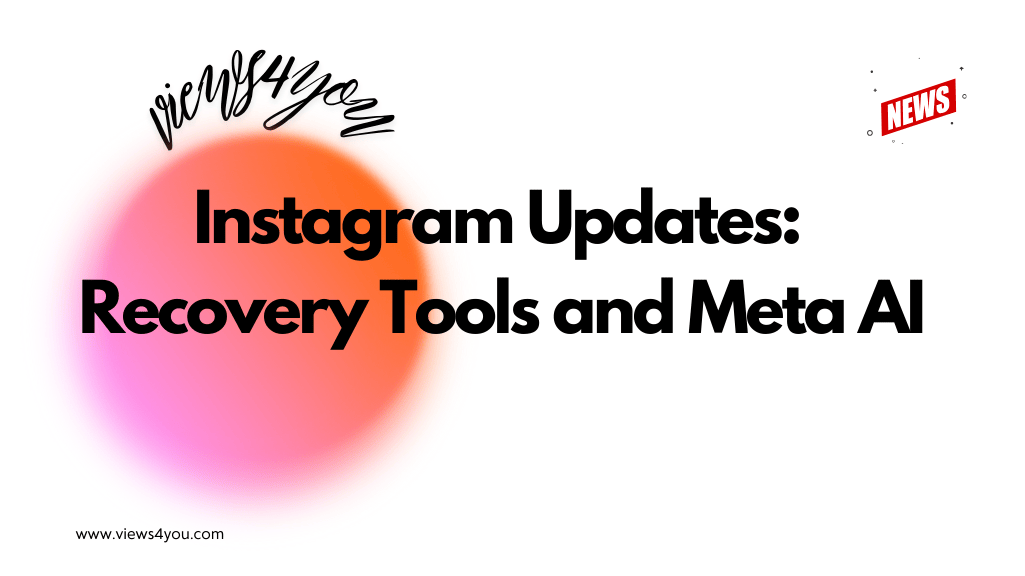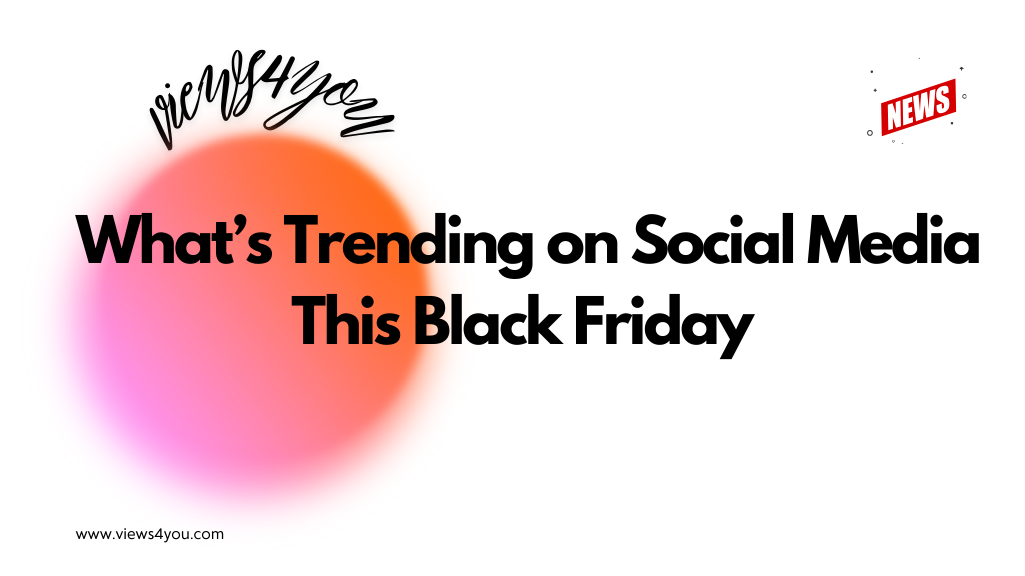The first 3 seconds of a video determine if viewers keep watching. A strong hook uses bold visuals, clear value, or a curiosity-driven question. Platforms reward retention, so capturing attention instantly boosts watch time, engagement, and visibility in competitive feeds.
Capturing attention in the first few seconds of a video is not just a nice-to-have; it’s a must. Platforms like TikTok, Instagram Reels, and YouTube Shorts are built for speed, and the competition for attention is relentless. Users scroll with instinct, not patience. That means you have about three seconds to make someone care. If your opening doesn’t speak directly to their curiosity or need, they’ll swipe away before your message even begins. This post will help you understand what makes a strong hook and how to master those crucial first seconds that determine whether people watch or walk.
Why Your Video’s First 3 Seconds Decide Everything
When someone stumbles upon your content, they aren’t waiting to be impressed. They’re already distracted, already comparing you to every other piece of content they’ve seen that day. The first three seconds are your only chance to answer one unspoken question: “Why should I care?” If your video doesn’t answer that quickly, it doesn’t matter how good the rest of it is.
Viewers don’t approach content with curiosity; they approach it with skepticism. If your opening doesn’t immediately resonate, the swipe is instant. This is more than a viewer habit; it’s algorithmic. Platforms reward retention, and when people exit early, your reach takes a hit. A weak start isn’t just a missed opportunity; it’s a quiet signal to the algorithm that your content isn’t worth promoting. That’s why nailing your opening isn’t just creative work; it’s strategic work.
The Anatomy of a Great Hook

A strong hook gets straight to the point, and it does so with emotion, urgency, or both. You’re not just trying to get noticed; you’re trying to spark interest that holds. Great hooks often start with a question that mirrors what the audience is already thinking. If someone sees “Why do your videos lose views after five seconds?” and they’ve experienced that exact frustration, they’ll stay to hear the answer.
Another effective strategy is leading with a benefit. You might say, “This one fix tripled my watch time in a week.” That tells the viewer two things fast: that this tip works and that you’re about to share it. Visuals matter, too. Bright colors, quick movement, or unexpected reactions—these aren’t gimmicks. They’re pattern interrupts, and in a world of passive scrolling, they’re essential.
Hooks can also lean on emotion. A vulnerable start like “I almost quit creating content last month…” doesn’t require drama; it requires honesty. People pay attention when they feel like someone is speaking directly, not performing for views. That kind of human tone builds trust and makes your message land faster.
Platform-Specific Hook Tactics
The “right” hook also depends on where you’re posting. Every platform has its own rhythm, and matching that rhythm matters. On TikTok, fast beats everything. Viewers expect to be hooked before your sentence even finishes. That’s why creators often open with text on screen, bold facial expressions, or a quick visual punch.
On Instagram and Reels, aesthetics play a bigger role. Since many people watch without sound, you need dynamic captions that do the talking. Sharp edits and clean design help build credibility and catch the eye instantly.
YouTube Shorts offers slightly more space to breathe, but not much. You can tease a mini story here, but only if you’re quick with your setup. A line like “Here’s what happened when I uploaded 30 days in a row” creates just enough suspense—if you don’t wait too long to deliver.
No matter the platform, the rule stays the same: the sooner you show value, the more likely they’ll stick around.
Mistakes That Hurt Your Opening
Some creators unknowingly sabotage their hooks by following outdated habits. The most common one? Introducing themselves first. Saying “Hi, my name is…” might feel polite, but it’s a missed opportunity. Viewers aren’t there to meet you; they’re there to solve something, feel something, or learn about something.
Starting with a slow visual or empty silence is another easy mistake. If nothing’s happening in the first second, your viewer won’t wait to find out. Even worse is the bait-and-switch—when the hook promises one thing, and the video delivers another. That breaks trust. You may get the view, but not loyalty.
Effective content respects the viewer’s time. That starts with making your opening as direct, engaging, and aligned as possible with the value you’re about to offer.
How to Get Better Over Time
Improving your hooks is a process, not a one-off fix. The key is paying attention. Most platforms give you retention data; use it. See exactly where people start dropping off and ask yourself what they were seeing and hearing at that moment. Then revise.
You can also experiment with it. Post two versions of a video with different openings and tracks which one keeps people watching longer. Over time, you’ll notice patterns—phrases that catch, visuals that pop, and tones that build trust. Collect those moments. Save them. Refer to them when creating new content.
Eventually, your hooks won’t feel like guesses. They’ll feel like instinct, built from practice, feedback, and a clear understanding of your audience.
FAQs
Why is the 3-second rule important?
Because most viewers decide whether to stay or scroll away within those first three seconds. Engagement starts immediately.
How can I make a hook more effective?
Lead with a clear benefit, ask a strong question, or show something visually unexpected right away.
Should I always use captions on my hook?
Yes, especially on platforms where users often watch without sound. On-screen text can make or break your message.
Can I use the same hook format for all videos?
You can reuse the structure, but the message should feel fresh and relevant to each topic.
How do I measure if my hook is working?
Watch your audience retention graph. If viewers drop early, try a different approach in your opening next time.









